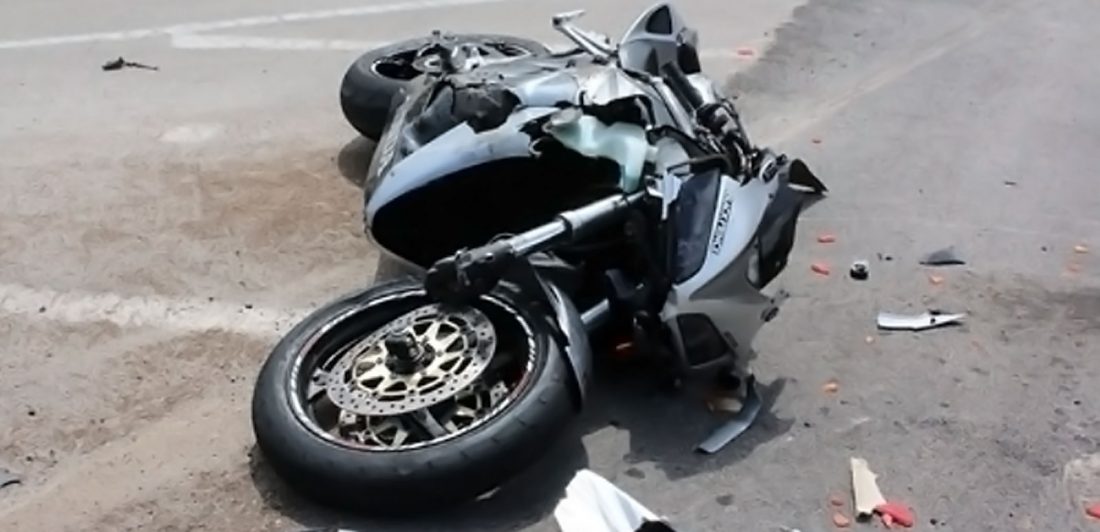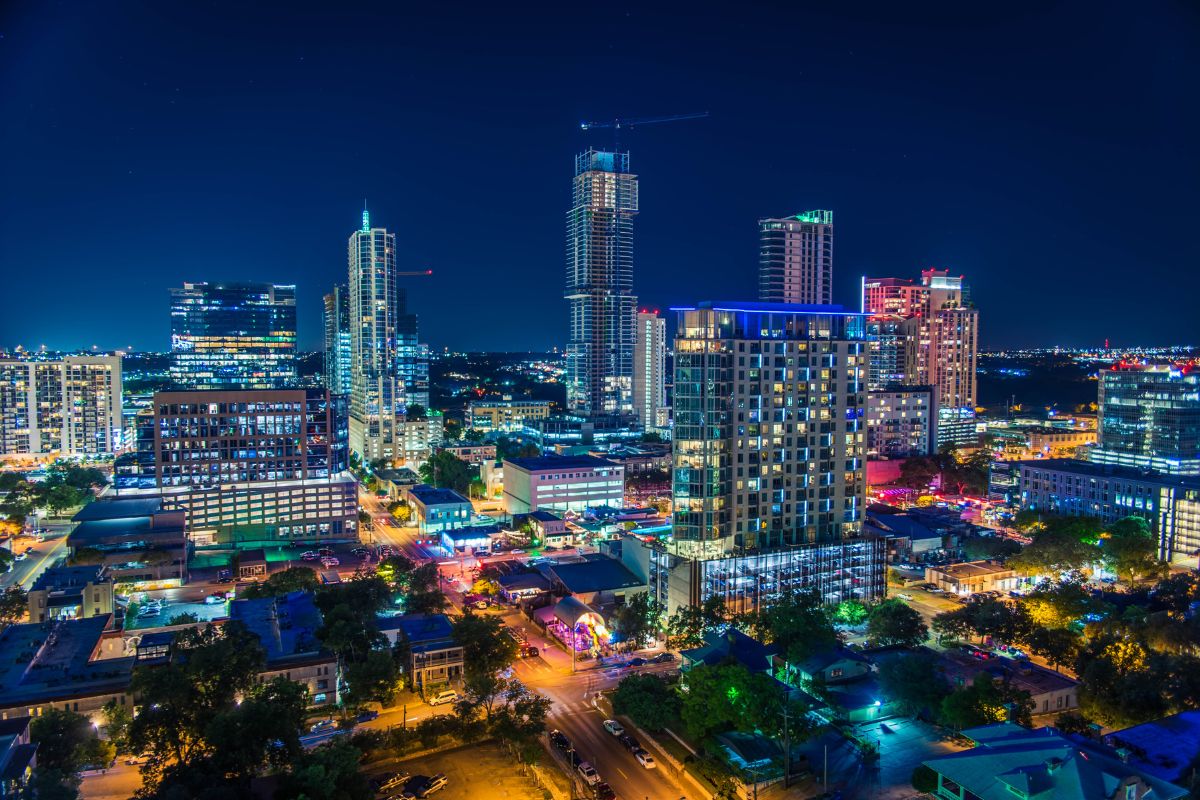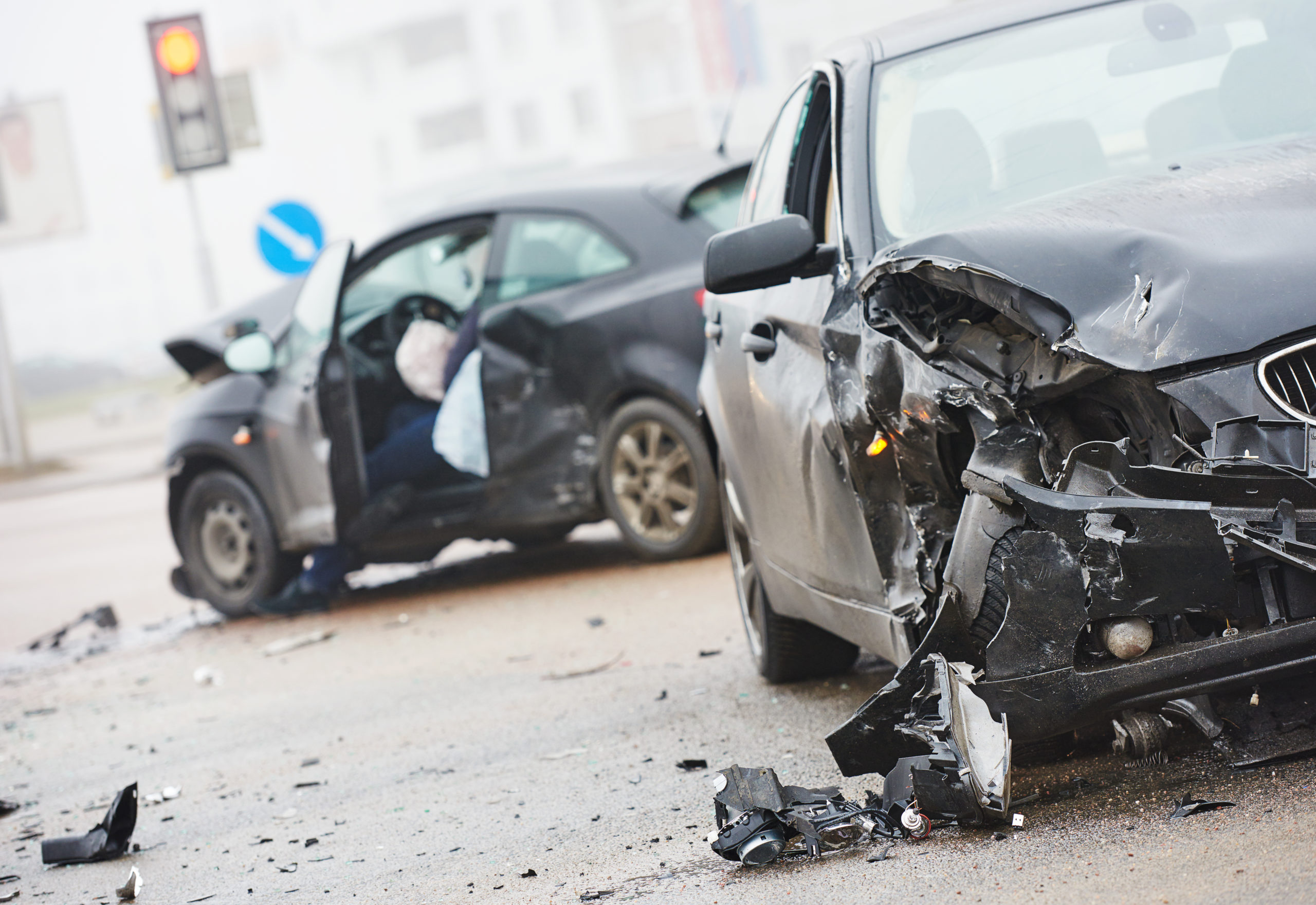When most people think of a biker, they think of a thrill-seeker, someone who is a little edgy and likes a touch of danger. But are there risks to riding a motorcycle? According to the National Highway Traffic Safety Administration (NHTSA), yes.
In 2020 alone, NHTSA reported that more than 82,000 motorcyclists were injured and around 5,580 motorcyclists were killed. Additionally, NHTSA estimates that motorcyclists are 28 times more likely than car occupants to die in a crash. So why do motorcyclists face higher risks than other drivers?
Why Do Motorcyclists Face Higher Risks Than Other Drivers on the Road?
There are several reasons that motorcyclists face higher risks than other drivers. Most of them revolve around the fact that motorcycles are fundamentally different than other vehicles.
1. Motorcycles are less visible.
Because motorcycles are much smaller than traditional cars, they are much more likely to be struck by another vehicle. All too often, motorcyclists get hit when another driver attempts to change lanes because the motorcyclist was in the driver’s blind spot.
2. Motorcycles are less stable.
The two-wheeled configuration of a motorcycle lacks the stability of a car's four-wheel base, making them more susceptible to lose balance on sharp turns. Having only two wheels also makes motorcycles vulnerable to the surface they drive on. The stability of the terrain is very important; one pothole could lead to a fatal incident.
3. Motorcyclists may have less visibility.
No windows means no windshield wipers. When it rains, motorcyclists don’t have clear visibility, which increases the likelihood of an accident.
4. Motorcycles don’t have seatbelts.
When motorcyclists are struck by someone else on the road, they are very likely to be thrown from the bike. Without seat belts, their bodies are put at the mercy of the pavement and other vehicles.
5. Motorcycles travel faster more easily.
Speed was a factor in 34% of fatal motorcycle crashes in 2020. Sport motorcycles are designed for speed and maneuverability. In fact, they can reach street speeds up to 190 miles per hour. Unfortunately, the faster a vehicle goes, the more easily the driver can lose control and crash.
6. Motorcycles require special driving skills.
Driving a car is very different than riding a motorcycle. A motorcycle requires expert coordination and a good sense of judgment. Many new drivers do not take enough time to learn how to drive their motorcycle to fit their skill set. This lack of training often puts motorcyclists at risk of injury.
What Injuries Are Associated with Motorcycle Crashes?
- Cuts and lacerations
- Road rash
- Scarring and disfigurement
- Broken bones
- Fractures
- Head and neck injuries
- Facial trauma
- Internal bleeding
- Internal organ damage
- Burns
- Nerve damage
- Muscle damage
- Spinal cord injury
- Traumatic brain injury
- Paralysis
- Death
Texas Motorcycle Helmet Law
Approximately 39% of motorcyclists killed in crashes in 2020 were not wearing a helmet, according to NHTSA. You may not think that helmets are the coolest accessory, but wearing one could save your life.
Under Texas law, all motorcycle operators and passengers must wear a helmet meeting the Federal Vehicle Safety Standard #218. However, there is an exception. Individuals 21 and older who have completed a department approved Motorcycle Operator Training Course or those who can provide proof of at least $10,000 in medical insurance coverage are exempt from wearing a helmet while operating or riding a motorcycle.
A motorcycle driver who chooses to ride without a helmet probably has not considered the cost of medical expenses associated with brain injuries. Traumatic Brain Injuries (TBIs) are the leading cause of death in motorcycle crashes. Medical expenses associated with brain injuries are highly likely to surpass the minimum coverage offered by Personal Injury Protection insurance.
A study released by The Center for Disease Control and Prevention found that the median hospital charges for motorcycle riders who were treated for traumatic brain injuries were 13 times higher than the medical expenses for riders who were injured but did not suffer from brain injuries.
It's important to note that helmet laws vary from state to state.
Do I Need a Lawyer After a Motorcycle Crash?
The laws regarding motorcycles can be very confusing. Motorcycle crash victims often make the wrong decisions and feel overpowered by aggressive insurance companies if they do not have an attorney on their side.
Insurance providers use tactics to make motorcyclists feel cornered into agreeing on a settlement amount that is lower than what they deserve. When you hire an experienced motorcycle lawyer, you take the burden of dealing with the insurance company off of you.
If you have been injured in a motorcycle collision, it is in your best interest to hire a seasoned motorcycle attorney who is familiar with the different types of bikes and has an understanding of motorcycle culture. Your motorcycle attorney can help you value your claim and fight on your behalf to ensure you get all of the compensation you deserve for:
- Medical expenses
- Lost income
- Out of pocket expenses
- Physical pain
- Other damages and losses
Motorcycle Safety Tips
By now we've established that yes, motorcyclists face higher risks than other drivers. However, that doesn't mean people can't or shouldn't continue to ride them if they're willing to take the risk. There are also a few safety tips they can follow to help protect themselves and prevent crashes.
1. Wear a Helmet
We cannot overstate the importance of wearing a helmet while riding a motorcycle. Protecting your head, particularly your brain and skull, is absolutely vital in the event of a crash. Wearing a helmet could be the determining factor between life and death if you are in a motorcycle collision.
2. Wear Protective Gear
Your head is not the only part of your body that can sustain life-threatening injuries. A leather jacket will help keep your skin where it belongs in the event of a collision. Motorcycle boots and gloves are also essential.
3. Slow Down
As mentioned earlier, speeding motorcyclists tend to lose control of their bikes more easily, resulting in more crashes. Motorcycle drivers should follow the posted speed limits for their own safety as well as the safety of others around them.
4. Get Your Bike Inspected
Make it a routine to inspect your bike once a year. Check to see if you can install antilock braking systems (ABS) on your motorcycle. It has been found that motorcycles with ABS are 37% less likely to be involved in a fatal crash. Check your engine, tires, and steering system to ensure they are in good shape.
The Carlson Law Firm Can Help
At The Carlson Law Firm, we have made it our goal to effectively help clients through their specific circumstances involving motorcycle accident injuries. Our team of motorcycle accident lawyers can help you establish who may be liable and what types of damages you may be able to pursue.
If you or someone you love has been injured in a motorcycle accident, contact a motorcycle crash lawyer for a free initial case evaluation. We care, and we can help.




